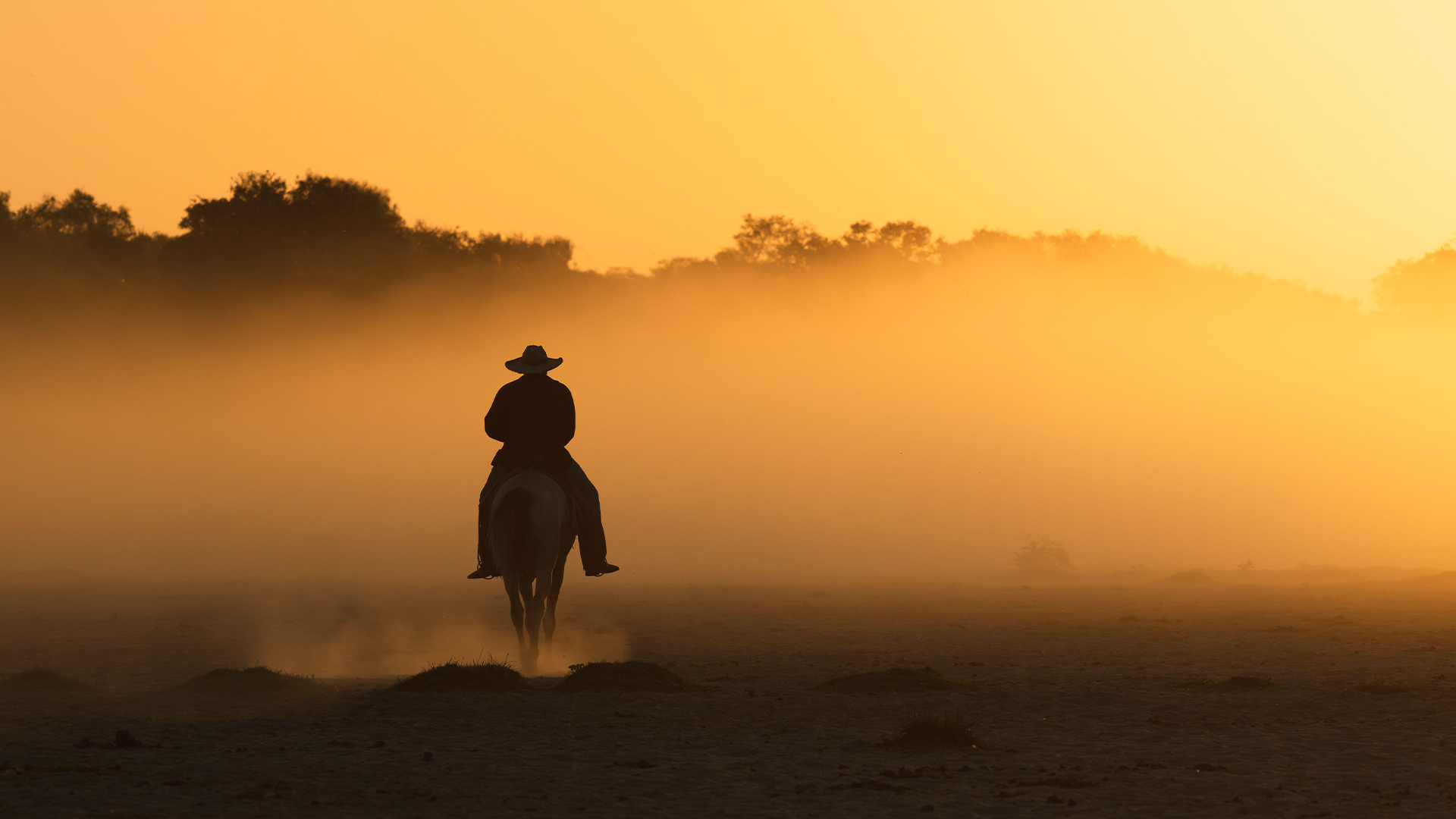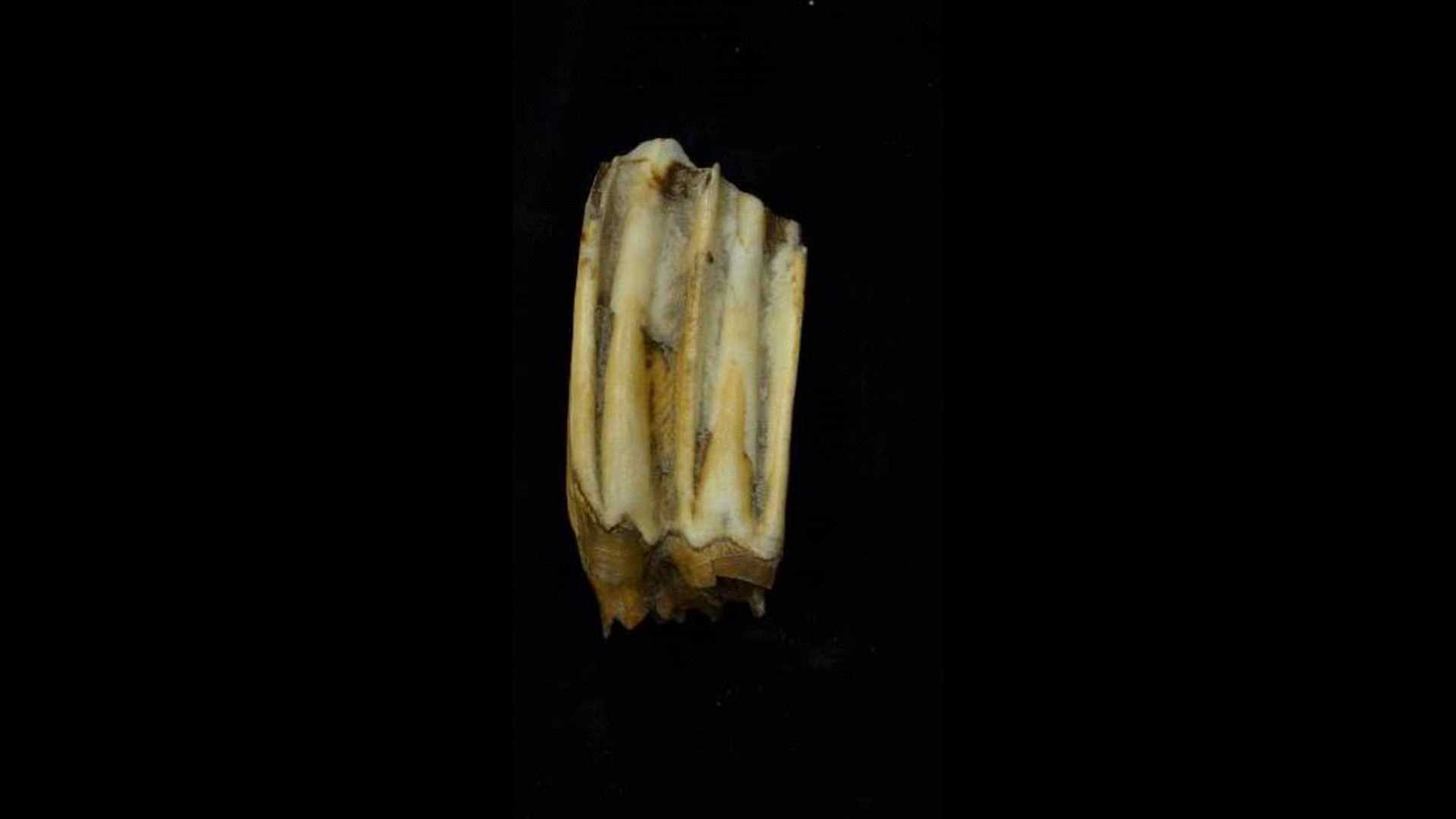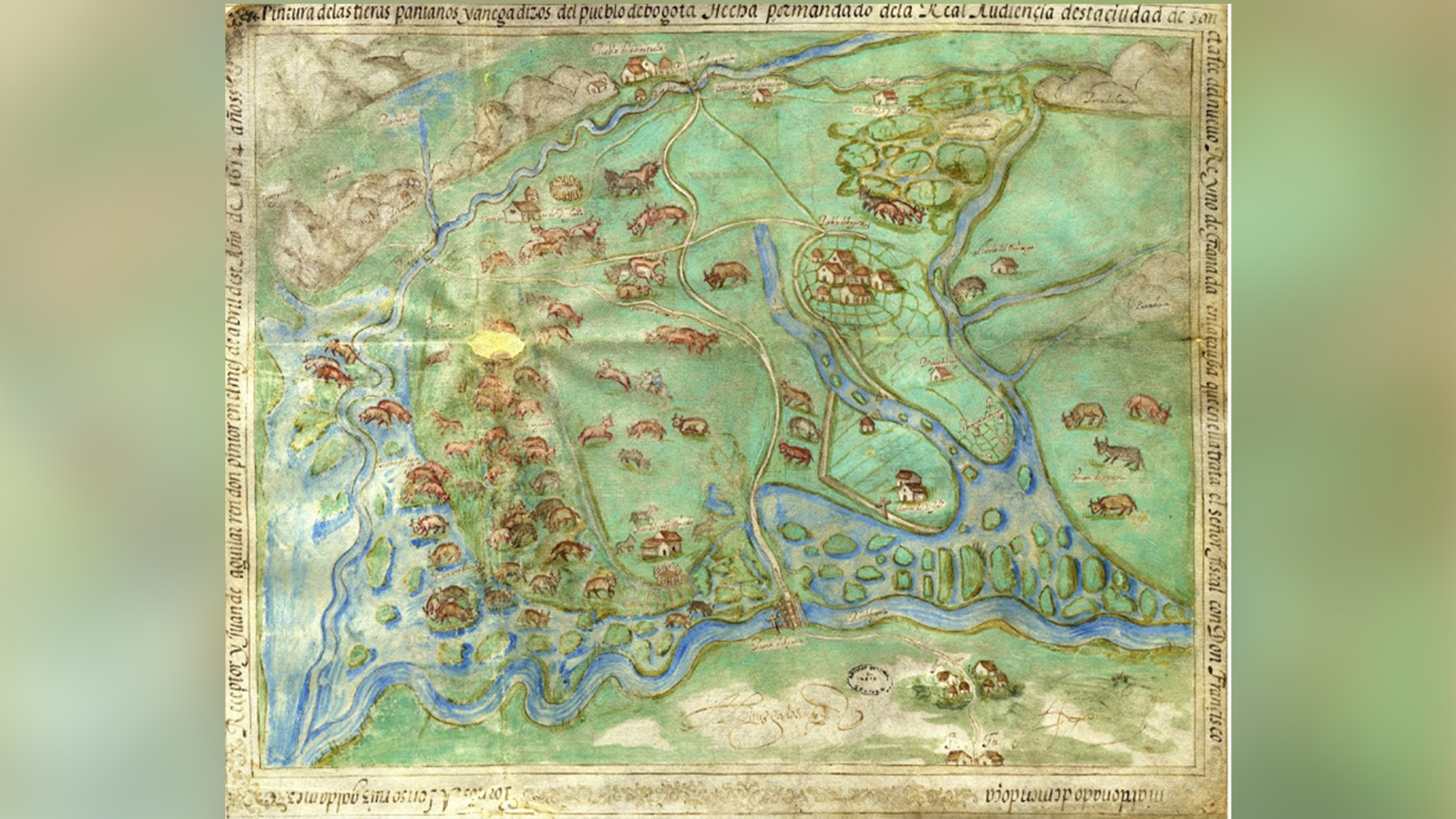The 1st American cowboys may have been enslaved Africans, DNA evidence suggests
DNA from cattle suggests some of the first cowboys in the Americas were enslaved Africans, who herded cows that were brought with them on slave ships.

Some of the first cowboys in the Americas may have been enslaved Africans, who helped cattle ranches there thrive thanks to the herding practices they brought with them, a new study of cattle bones and teeth suggests.
Cows did not exist in the Americas prior to the 1492 arrival of Christopher Columbus, who brought the animals with him when he established a Spanish colony on Hispaniola, the large Caribbean island that includes Haiti and the Dominican Republic. The original herds in the Americas, scholars have long suggested, came from European stock from the Spanish-held Canary Islands off the African coast. In the Americas, they quickly multiplied, and their offspring were sent to regions such as Mexico, Panama and Colombia.
But the new DNA research muddies this traditional understanding. Instead, some of the first cattle in the Americas were imported directly from Africa, likely on slave ships.
Related: Plantation slavery was invented on this tiny African island, archaeologists say
In a paper published Aug. 1 in the journal Scientific Reports, Nicolas Delsol, a postdoctoral associate at the Florida Museum of Natural History who specializes in zooarchaeology, and his team analyzed the DNA of 21 cattle from five archaeological sites dating to the 16th to 18th centuries.
Consistent with the traditional picture, seven of the earliest cattle samples, coming from the site of Puerto Real in Haiti and dating to around 1500 to 1550, had similar maternal DNA, which tied their origins broadly to Europe.
But one specimen from a site called Bellas Artes in Mexico revealed a lineage that is particularly rare in Europe and likely means it was imported directly from Africa in the first half of the 17th century.
Get the world’s most fascinating discoveries delivered straight to your inbox.
"This finding supports recent trends in the history of slavery and the central role of African enslaved workers in the implementation of cattle ranching," Delsol told Live Science in an email.
As cattle ranching grew in the 16th-century Americas, it eclipsed the small-scale version that was popular in Spain and Portugal at the time. This has led historians to suggest that slave traders targeted West Africans from herding communities and kidnapped them along with their cattle. Once in the Americas, these skilled ranchers may have invented practices such as lassoing cattle from special saddles.
The new research demonstrates the importance of Africans and their cattle to Spanish trade networks, Tanya Peres, a zooarchaeologist at Florida State University who was not involved in the study, told Live Science in an email. "Without the enslaved labor of the knowledgeable and capable African herders," she said, "it is possible that the Spanish cattle ranching industry would not have been as successful as it was."
The combination of a good environment, large expanses of available land and skilled African ranchers almost certainly led to the expansion of cattle ranching in the Caribbean, Mexico and the southern United States, Delsol said — an idea he is expanding into the forthcoming book "Cattle in the Postcolumbian Americas."
"I would like to see them grow the dataset to include sites in Florida, Georgia, and North Carolina," Peres said. "If cattle were being imported into these areas — which certainly they were early on — it would be interesting to see how they are related to the cattle in these three areas of early Spanish colonialism."

Kristina Killgrove is a staff writer at Live Science with a focus on archaeology and paleoanthropology news. Her articles have also appeared in venues such as Forbes, Smithsonian, and Mental Floss. Kristina holds a Ph.D. in biological anthropology and an M.A. in classical archaeology from the University of North Carolina, as well as a B.A. in Latin from the University of Virginia, and she was formerly a university professor and researcher. She has received awards from the Society for American Archaeology and the American Anthropological Association for her science writing.



